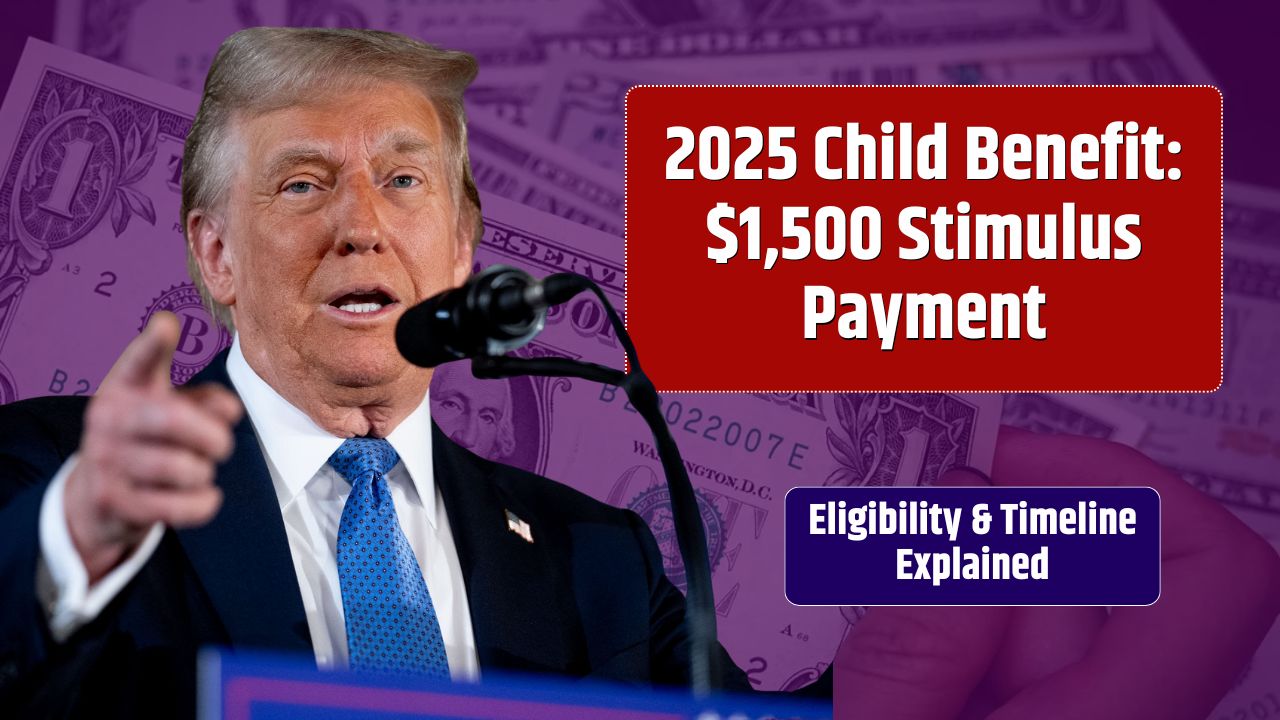Let’s face it: If you’re retired and living on Social Security, you’re already walking a financial tightrope. Now imagine suddenly losing 15%… or even half of your monthly benefit. That’s the reality creeping up on over a million Americans—thanks to policy shifts born under President Donald Trump’s administration that are now in full swing.
The changes hit hard. And for some retirees, they’re about to feel like a punch to the wallet.
Table of Contents
A Quick Recap: What’s Triggering These Cuts?
Two major policy moves are behind the looming reductions:
- Garnishments for federal student loan debt
- SSA’s $23 billion overpayment recovery effort
Both measures technically have legal backing. But their timing, rollout, and impact? Let’s just say… not exactly gentle on the nation’s elderly.
Table: Who’s Affected and How
| Policy Change | Affected Population | Impact |
|---|---|---|
| Student Loan Garnishments | 452,000+ retirees | 15% reduction in monthly Social Security |
| Overpayment Clawback | ~2 million beneficiaries | Up to 50% deduction starting Aug 24, 2025 |
| 100% Clawback (original proposal) | Walked back after backlash | Replaced with 50% max limit |
Student Loans Chasing Seniors?
Yep, it’s happening. Starting summer 2025, the federal government will reignite student loan garnishments on retirees who defaulted on old federal loans. That means 15% of their Social Security check will be taken directly by the U.S. Treasury to repay that debt.
And we’re not talking about recent grads here—many of these seniors borrowed decades ago. In some cases, it’s Parent PLUS loans they took out for their kids, or loans ballooned by interest.
It’s all legal under the Debt Collection Improvement Act of 1996, but legal doesn’t mean ethical—or painless.
The Bigger Gut Punch: SSA Overpayment Recovery
Here’s where it really gets ugly.
The Social Security Administration is trying to claw back $23 billion it says was paid in error. That’s nearly 2 million people affected. And while many folks had no idea they were being overpaid, they’re now on the hook to repay thousands—or face a 50% cut to their monthly checks starting August 24, 2025.
This isn’t just a theoretical risk—it’s happening now. And for seniors on fixed incomes, it’s like losing half your rent money with almost no warning.
But Wait—You Can Fight Back
If you received a notice from SSA about an overpayment, don’t panic. You’ve got options. But time’s tight.
1. File a Waiver Request (Form SSA-632-BK)
If the overpayment wasn’t your fault and repaying it would cause financial hardship, you can request a full waiver. That means no repayment—zero.
To qualify, you’ll need to show:
- You had no way of knowing the payment was incorrect
- Paying it back would seriously harm your ability to pay rent, buy food, cover healthcare, etc.
Documentation is key: bank statements, utility bills, medical expenses—all of it.
2. File an Appeal (Form SSA-561-U2)
Think SSA got it wrong? File this form to challenge the overpayment claim altogether.
Valid reasons for appeal include:
- You weren’t overpaid
- SSA miscalculated your income
- The time period cited in the notice is wrong
3. Negotiate a Payment Plan (Form SSA-634)
Okay, maybe you were overpaid—but you still can’t afford to lose half your check. That’s where this form comes in.
You can:
- Propose a smaller monthly repayment (say, $50 instead of $800)
- Stretch repayment over several years
- Adjust it based on your actual income and monthly bills
SSA can accept repayment plans lasting up to 60 months (5 years), depending on the case.
The Human Cost: Retirees at the Breaking Point
According to Gallup, 86% of retirees rely on Social Security for some portion of their income. For many, it’s their only income.
Losing even 15% of that is rough. Losing 50%? It’s catastrophic.
Imagine a widow in her 70s, getting $1,400 a month. If she’s affected by both policies, she could see her check drop to around $595. That barely covers rent in most U.S. cities—forget groceries, meds, or heating in winter.
And here’s the kicker: many didn’t even know they were being overpaid. The SSA’s systems are notoriously outdated. Sometimes, the agency itself makes a mistake—and now it’s asking seniors to pay the price.
What You Should Do—Right Now
If you’ve received an overpayment notice, circle this on your calendar: July 24, 2025. That’s the deadline to respond before automatic deductions begin.
Here’s your action plan:
Open every piece of mail from the SSA
Log into your SSA online account and check for notices
Download the right form based on your situation (waiver, appeal, or payment plan)
Get help if you need it—nonprofits, legal aid, and even your congressional rep can intervene
FAQs
Am I affected by this?
Only if you’ve received a notice about an overpayment or have defaulted on federal student loans.
Can SSA take my whole check?
No. The maximum clawback is now capped at 50%, down from the proposed 100%.
What if I didn’t cause the overpayment?
You can apply for a waiver if it wasn’t your fault and repaying would cause hardship.
What’s the deadline to act?
August 24, 2025. That’s when the SSA can start automatic deductions.
How long will I have to repay the money?
You can negotiate a payment plan lasting up to five years in some cases.





















